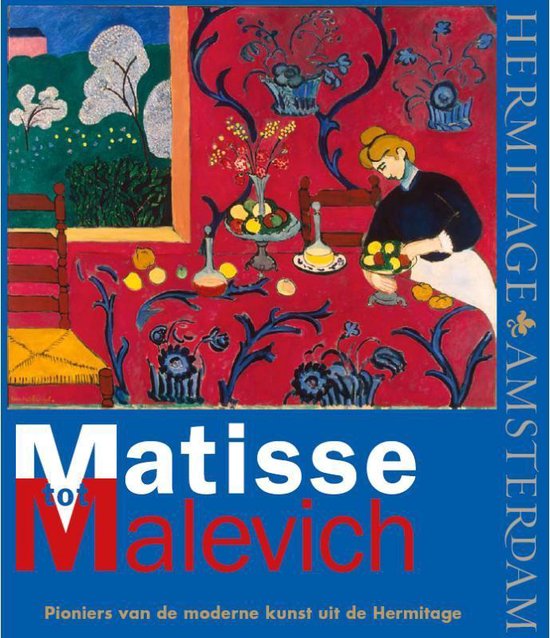
Matisse
A color harmony that is analogous to a musical composition Henri Matisse (1869-1954) is known not only as one of the most important French painters of the 20th century but also as co-founder and leading exponent of Fauvism. His work reflects an ongoing quest for the expressive power of pure, brilliant colors and simple forms; as a result, the realistic presentation of nature often retires to a secondary position.
For Matisse, color did not serve as a tool for the expression of subjective feelings, but rather became the equivalent of light itself: it functioned as a pure medium in the creation of an autonomous pictorial space: ''Out of my fruitful work with discovered tones there must emerge a vital color harmony, a harmony that is analogous to a musical composition.''
As a creative artist, Matisse was not only a painter, but also experimented with other materials: he produced glass windows and theatre designs and created significant sculptures in bronze, ceramic and clay. In old age, confined to a wheelchair, he created collages with coloured paper, glue, and scissors: his famed gouache cut-outs. About the Series:
Each book in TASCHEN's Basic Art series features:
For Matisse, color did not serve as a tool for the expression of subjective feelings, but rather became the equivalent of light itself: it functioned as a pure medium in the creation of an autonomous pictorial space: ''Out of my fruitful work with discovered tones there must emerge a vital color harmony, a harmony that is analogous to a musical composition.''
As a creative artist, Matisse was not only a painter, but also experimented with other materials: he produced glass windows and theatre designs and created significant sculptures in bronze, ceramic and clay. In old age, confined to a wheelchair, he created collages with coloured paper, glue, and scissors: his famed gouache cut-outs. About the Series:
Each book in TASCHEN's Basic Art series features:
- a detailed chronological summary of the life and oeuvre of the artist, covering his or her cultural and historical importance
- a concise biography
- approximately 100 illustrations with explanatory captions
| Auteur | | Volkmar Essers |
| Taal | | Engels |
| Type | | Paperback |
| Categorie | | Kunst & Fotografie |





